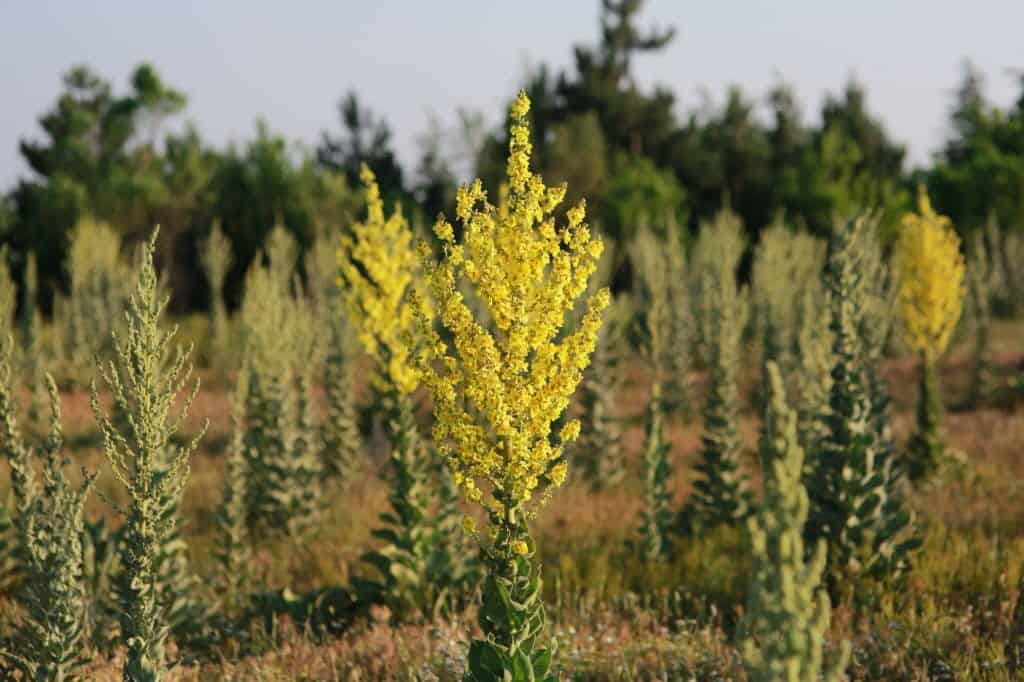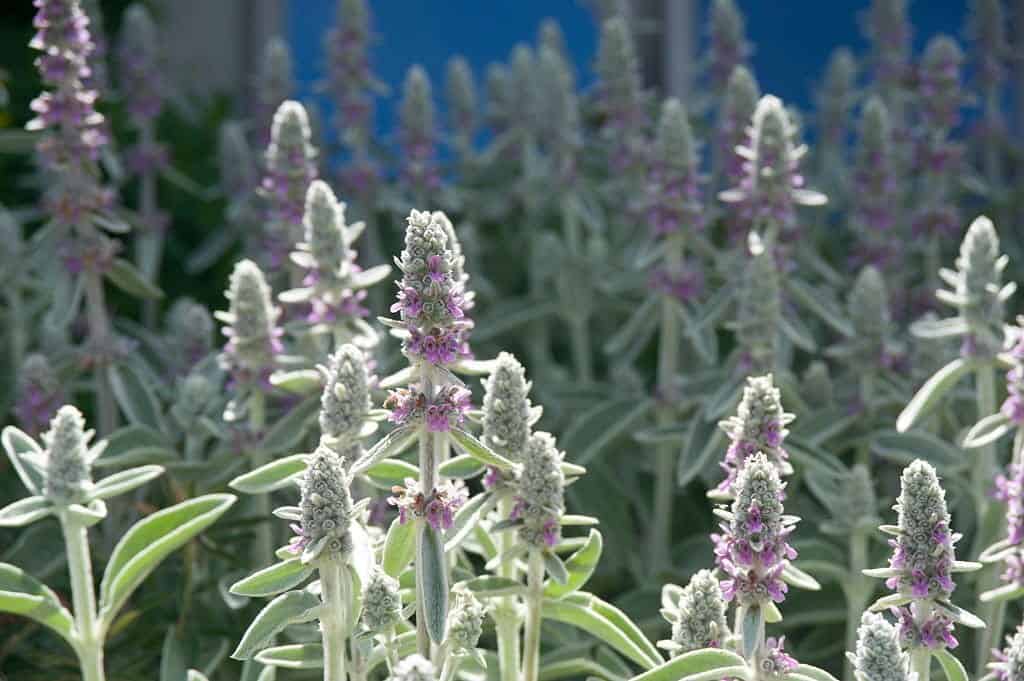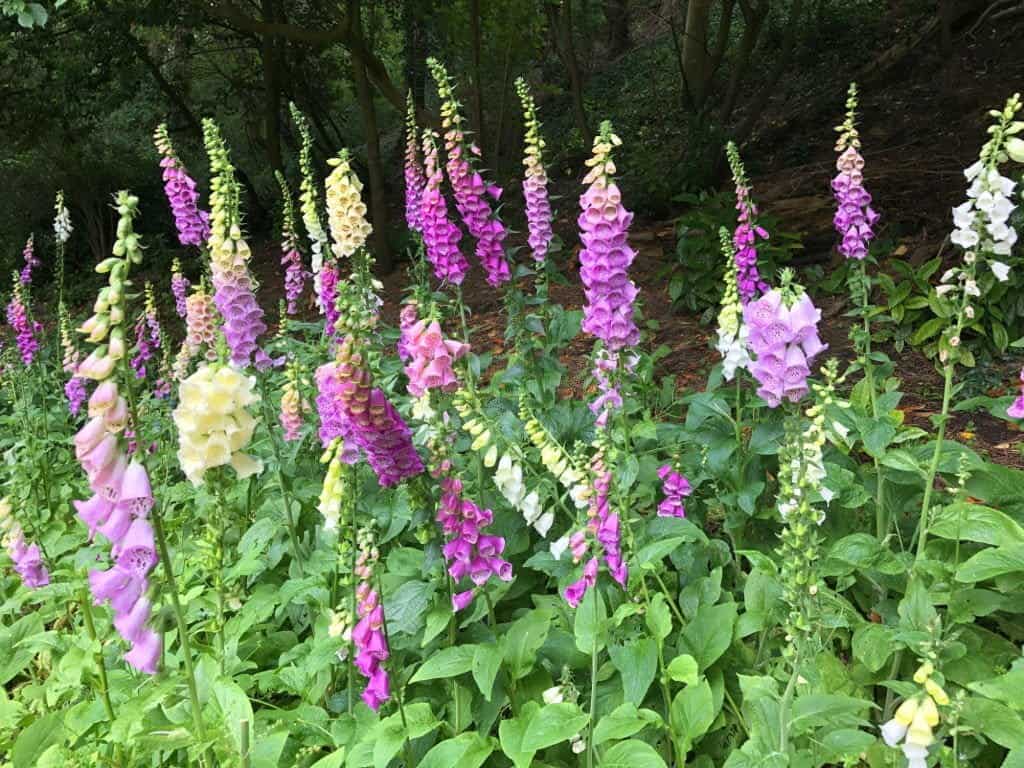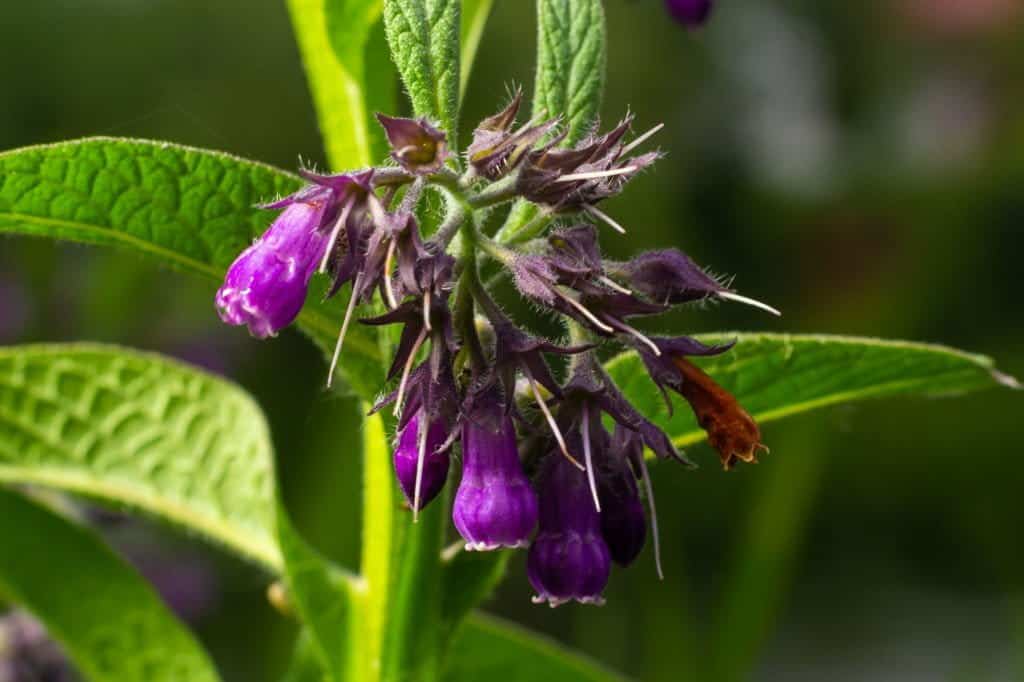In the way caring for herbaceous plants, gardeners will encounter many different types of plants. And you wonder which is the correct plant for your desire to use. Is the name of the same plant as the one you are growing?
Although they look similar, you’ll be able to distinguish the plant family of plants that look like mullein: Lamb’s Ear, Foxglove, and Common Comfrey.
These plants all have bluish-gray leaves and a soft, hairy surface. They have distinct families of plants with different characteristics and distinctions that gardeners need to discern.
Let’s take a tour and learn about the differences between these plants to give the best look for your medicinal garden.
Learn About Mullein Before Comparing Them
Mullein (Verbascum thapsus) has more than 200 different species occurring everywhere from Europe, and North Africa to Asia. They grow in many environments with a light and dry soil conditions.
Due to the process of dispersal of seeds, they grow into highly invasive plants. In addition to growing in gardens, they also appear in many places along roadsides and grasslands.

Have you seen the 3-meter tall mullein? Great! Explore this 2-year-old plant and find exceptional antibacterial uses using essential oils from its roots, leaves, and flowers.
In addition, they help clean open wounds, fight infections, soothe pain and treat respiratory ailments such as asthma, cough, and bronchitis. Mullein teas also affect the sleep of people with long-term insomnia. The flowers of the plant are harvested in the summer of the second planting year.
Plants That Look Like Mullein – Let’s Distinguish Them
There are 3 types of plants that resemble Mullein. However, one of them is poisonous. Let’s learn about how to distinguish these plants.
1. Lamb’s Ears (Stachys byzantina)

Lamb’s Ears is a species of perennial plant in the family Lamiaceae. They are relatively easy to grow with the light and well-drained soil conditions of temperate climates with origins in Armenia, Turkey, and Iran.
They also do not require too much nutrition. You’ll be surprised at how drought tolerant the plant is and how well it grows in the summer aisles.
Next, this plant is easy to seed but unlike Mullein. Sow seeds in late winter for best results. The gardener keeps the soil warm for the seeds to germinate in 6-8 weeks.
Stachys byzantina ‘Helen von Stein’ and Stachys byzantina ‘Silver Carpet’ both have silvery green leaves and provide excellent ground cover. They rarely bloom.
Compared to Mullein, Lamb’s Ears is shorter with a height of about 80cm when the plant blooms.
Lamb’s ear grows shorter than common mullein, rarely exceeding 31 inches (80 cm) in height when the plant is in flower. The leaves of the plant are elongated, thick, silver-gray green, and covered with soft hairs. The flowers usually bloom in the summer and are purple.
2. Foxglove (Digitalis purpurea)

Native to Europe especially the temperate regions of North America, the Foxglove is a biennial plant like mullein. This species contains potent toxins. All its parts are poisonous and parts are harmful to humans.
In addition, Foxglove develops leaves and stems in the first year. They flower and can grow up to 1.2 meters in the second year. The leaf margins are also serrated and dark green. They appear with gray-white fur that looks like mullein.
The difference that you can distinguish is the oblong tubular flowers that grow at the tips of the flower stalks. They are purple, pink, white, or yellow depending on the difference between the flower varieties.
This plant grows wild in the mountainsides, and forests and is an ornamental plant. Be careful in distinguishing Foxglove from Mullein to stay away from its toxins.
3. Common comfrey (Symphytum officinale)

Common comfrey is a perennial plant native to Europe and grown in parts of North America and Asia. They have many different names depending on the species. There are quite big differences with Mullein. However, many people still confuse them.
This plant likes moisture, so they often grow on riverbanks, ditches, and grasslands. They contain the pyrrolizidine alkaloid that is toxic to humans and livestock. The plant can grow up to 90cm tall.
The leaves are dark green, oval or lance-shaped, and covered with stiff hairs. Their size will decrease as they reach the top.
The flowers are purple or pale yellow drooping like bells. This distinction is also easily distinguishable from mullein. You can see this through the photo below.
How to grow and care for Mullein plants
From seed, you will grow mullein easily in any terrain and wide space with well-drained soil. Sow the seeds in the spring when the soil is warm. And there is light for the seeds to germinate. Plants need to be planted 30cm apart to have room to grow.
Mullein grows well in alkaline soils, so it’s a good idea to check your soil’s pH regularly, even though this plant doesn’t need a lot of nutrients. In the first year, the leaves and stems grow to a certain extent.
In the second year, the plant blooms and grows to its maximum height. Let’s harvest leaves, roots, and flowers to use for medicinal purposes.
Although mullein is easily identifiable with parts of the plant covered with soft silvery-green hairs and basal leaves up to 50cm wide, about 14cm wide, with dense clusters of small yellow flowers, we still need to distinguish the difference between the 3 most similar types.
In Conclusion
Mullein occurs anywhere in the world with the characteristics of leaves, stems, and flowers. The height of the tree is different from other lines. However, they will be more complicated to recognize in the first year of development.
You may mistake it for some poisonous plants. Therefore, observe and learn the skills fundamental to distinguishing difficult-to-identify plants with distinct characteristics.
This article helps gardeners have an overview of how to care for and distinguish mullein from plants with similar shapes. Spend spare time in your garden and discover the differences between other plants like 5 Weeds That Look Like Dill or 5 Weeds That Look Like Dandelions.